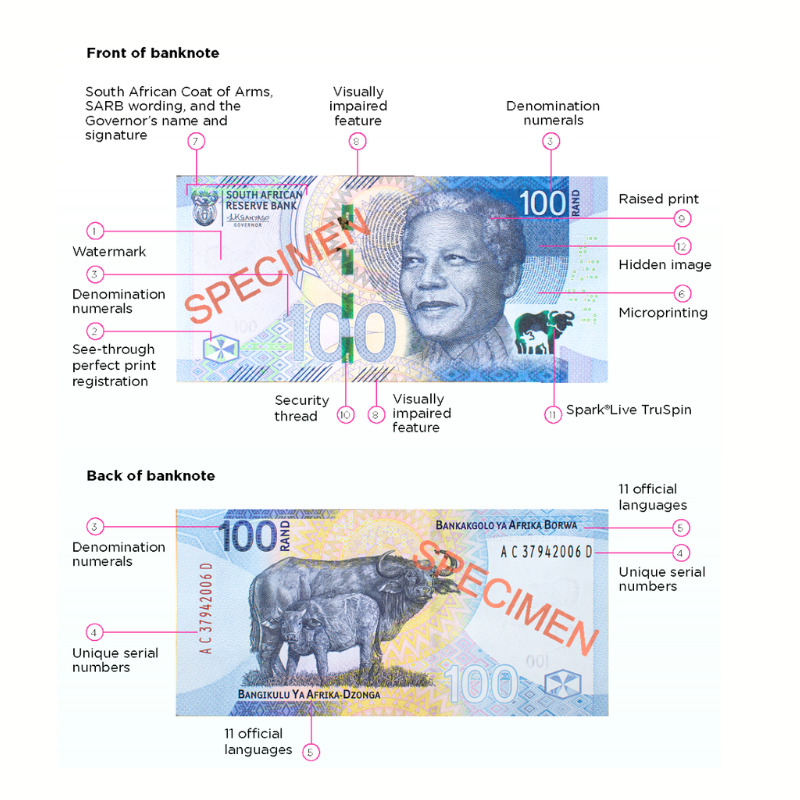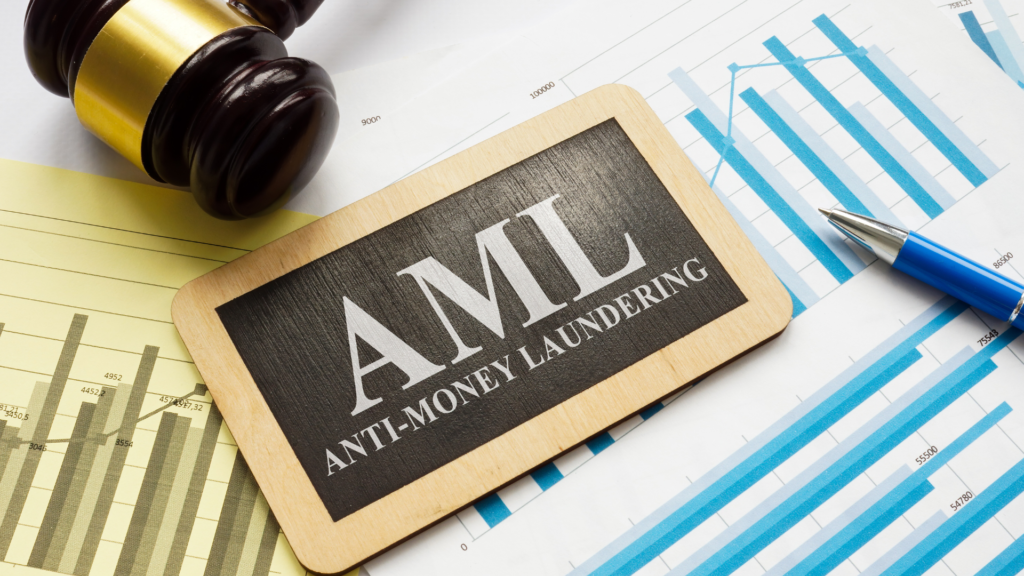Small or medium business Compliance (KYC) in South Africa
How does small or medium size business manage Compliance (KYC) in South Africa?
The first step in managing compliance is to understand the relevant laws and regulations that apply to your business. This includes tax laws, labour laws, industry-specific regulations, and any other legal requirements that govern your operations. Stay informed about changes in regulations and seek professional advice if needed to ensure you’re up to date. The FIC website can provide you all of this information.

Here’s a comprehensive guide for small businesses in South Africa on how to effectively handle your compliance: Small or medium business Compliance
Develop a Compliance Plan:
Establish a comprehensive Small or medium business Compliance plan that outlines your obligations and the steps you need to take to fulfil them. This plan should include a checklist of regulatory requirements, deadlines for compliance activities, and designated responsible parties within your organization.
Example of Check List : GO TO CHECKLIST
Invest in Compliance Training:
Ensure that your employees are well-trained on pertinent compliance requirements and clearly understand their roles in maintaining compliance. Moreover, provide regular training sessions and updates to keep them consistently informed about changes in regulations and best practices for compliance. This proactive approach will contribute to a more knowledgeable and adaptive workforce, enhancing your overall compliance strategy.
A company that can offer these type of training courses for Small or medium business Compliance is the Compliance Institute of South Africa:
Follow the link to: Compliancesa.com
Implement Internal Controls:
Implement internal controls and procedures to effectively monitor and enforce compliance within your organization. Such measures may encompass the segregation of duties, conducting regular audits, and implementing checks to ensure that processes are consistently followed correctly. In the event of any deviations, prompt attention and corrective actions can be taken, maintaining the integrity of your compliance framework.
Keep Accurate Records:
Maintain accurate and up-to-date records of all transactions, activities, and compliance-related documentation. Additionally, this comprehensive record-keeping involves financial records, employee records, tax filings, permits, licenses, and any other relevant documentation that conclusively demonstrates your Small or medium business compliance with regulatory requirements. By meticulously organizing and updating these records, you ensure a robust foundation for evidencing adherence to all applicable regulations.
Stay Tax Compliant:
Tax compliance is a critical aspect of business operations in South Africa. To ensure Small or medium business compliance, familiarize yourself with the tax laws and regulations applicable to your business, including income tax, value-added tax (VAT), payroll taxes, and customs duties. Additionally, ensure that you file your tax returns accurately and on time to avoid penalties and legal consequences. It’s best to consult a qualified accountant to help navigate these complexities.
Ensure Employment Law Compliance:
Compliance with labor laws is crucial for safeguarding the rights of your employees and preventing legal disputes. Additionally, familiarize yourself with employment laws, covering aspects such as minimum wages, working hours, leave entitlements, health and safety regulations, and employee benefits. It’s imperative to ensure the provision of a safe and fair working environment for your employees while adhering to all pertinent labor standards.
Seek Professional Advice:
The first step in adeptly managing compliance is to thoroughly understand the applicable laws and regulations governing your business. This includes tax laws, labor laws, industry-specific regulations, and any other legal requirements that influence your operations. It is vital to stay well-informed about regulatory changes and, when needed, seek advice from professionals to ensure you are up-to-date. Utilizing the FIC website is an excellent resource to stay informed on all these aspects.
Monitor Regulatory Changes:
Stay vigilant about changes in regulations that may affect your business operations. Subscribe to regulatory updates, join industry associations, and participate in relevant forums to stay informed about changes in laws, policies, and best practices. Adjust your compliance plan and procedures accordingly to adapt to new requirements.
Embrace Technology:
Leverage technology to streamline your compliance efforts and reduce the administrative burden associated with regulatory requirements. Invest in compliance management software, accounting systems, and digital tools that automate compliance tasks, track deadlines, and generate reports to ensure accuracy and efficiency.
A great example of this is our customisable software nl RAHN Monitor. Read more about it on the following link and find out how RAHN Monitor can benefit you and your business to make KYC smoother and easier.
In conclusion, managing compliance is a fundamental aspect of running a successful small or medium size business in South Africa. By understanding applicable regulations, developing a comprehensive compliance plan, investing in training and internal controls, staying tax compliant, ensuring employment law compliance, seeking professional advice, monitoring regulatory changes, and embracing technology, small businesses can navigate the complexities of compliance effectively and mitigate risks while focusing on growth and success.







